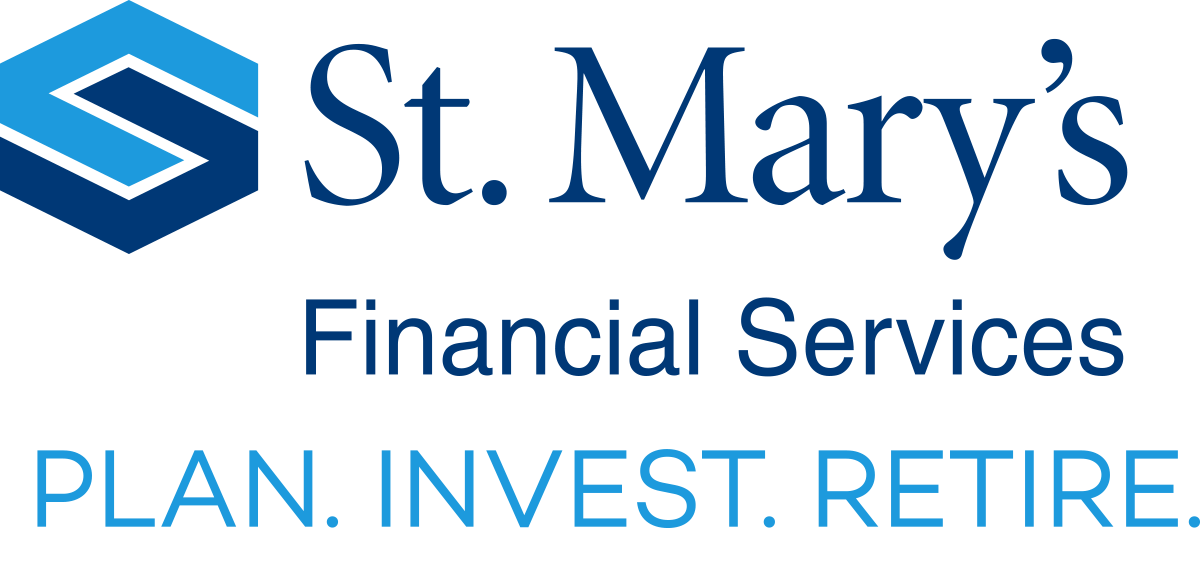Retirement Planning
Retirement planning involves exploring savings and investment options. There are also key lifestyle decisions to consider, such as where you'll live or whether you'll continue to work at some level during all or part of your retirement. It's a lot to contemplate!
The good news about retirement planning is that it doesn't have to be too complicated. You can simplify your approach into two fundamental principles: start saving as soon as possible and save as much as you can!
401(k)
A 401(k) lets you save pre-tax income in an employer-offered, tax-deferred retirement account, where employers potentially match a percentage of your contribution. This account then acts as a customizable retirement portfolio, often in mutual funds, that can be tailored to your risk preference (from conservative to aggressive) and investment goals. Except in specific circumstances, you cannot usually withdraw from this account until you are 59 1/2 without tax penalties.
Changed jobs? Don't worry, you can move your 401(k) into an IRA, keep it as is, cash it out, or transfer it into a new employer's plan with guidance from a financial professional.
IRAs
An Individual Retirement Account (IRA), whether traditional or Roth, is a personal, tax-deferred retirement savings account established by an individual and managed by custodians like banks or brokerages. IRAs offer a broad range of investments, including stocks, bonds, mutual funds, treasury bills, Certificates of Deposits (CDs), and potentially more extensive variety of mutual funds.
Investments
Investing may seem challenging, but it can be an opportunity to learn new strategies for those seeking to grow wealth. Whether you're new to investing or looking to refine your approach, our financial advisors can meet you at your comfort level and help you turn your ideas into actions. We offer guidance on a wide range of financial products, from annuities and mutual funds to stocks and bonds. Additionally, you'll have access to our extensive research and analysis resources, including mutual fund reports, tracking, and investment screening, ensuring you're well-informed at every step.
Educational Planning
Planning for Education with a 529 Plan
Preparing for your child’s education goes beyond choosing a school, it also means planning how to pay for it. A 529 Plan is a smart, tax-advantaged way to save for education expenses, helping you stay ahead of rising costs.
529 Plans can be used for a variety of education expenses, including:
- Tuition at colleges, vocational, or trade schools
- Up to $10,000 in K–12 tuition
- Room and board, laptops, and other qualified costs
- Up to $10,000 in student loan repayments per beneficiary
Types of 529 Plans:
- 529 Savings Plans: These work like investment accounts. Contributions are invested in mutual funds or similar options, and the account grows based on market performance—much like a 401(k).
- 529 Prepaid Tuition Plans: These allow you to lock in today’s tuition rates at participating in-state public colleges. They're available in select states and usually apply to tuition only.
Is a 529 Plan right for you?
Prior to investing in a 529 Plan, investors should consider whether the investor's or designated beneficiary's home state offers any state tax or other state benefits such as financial aid, scholarship funds, and protection from creditors that are only available for investments in such state's qualified tuition program. Withdrawals used for qualified expenses are federally tax free. Tax treatment at the state level may vary. Please consult with your tax advisor before investing.
Everyone’s financial situation is different. Connect with a financial professional to see if a 529 Plan aligns with your education savings goals and overall financial plan.


 Forgot
Forgot 






